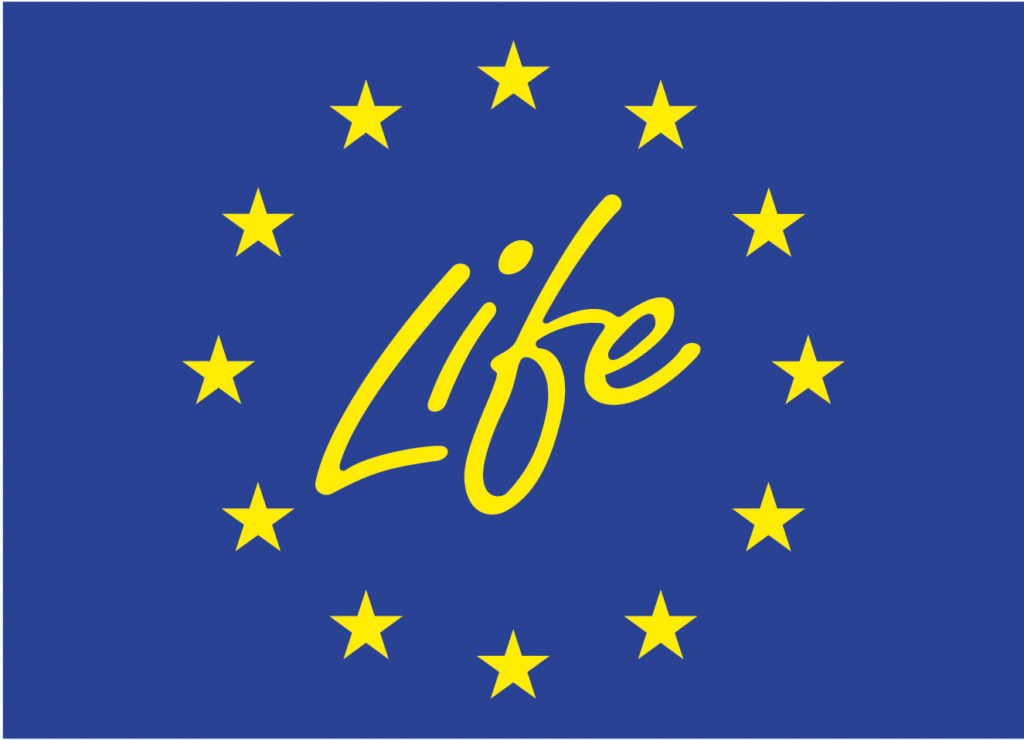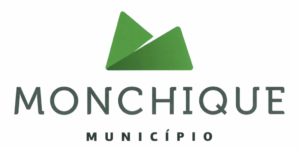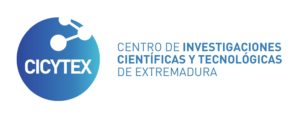
The LIFE Program – whose acronym translates L’Instrument Financier pour l’Environment – is a Community financial instrument that was created in 1992 with the specific objective of contributing to the implementation, updating and development of European Policies and Strategies in the area of the Environment , through the co-financing of projects with European added value. Since then, it has co-funded more than 5,500 projects across the European Union.
The current LIFE Program was established by Regulation (EU) No. 2021/783 of the European Parliament and of the Council of April 29, 2021, and was published in Official Journal L 172/53, of May 17, 2021, revoking the Regulation (EU) No. 1293/2013 of the European Parliament and of the Council of 11 December 2013, establishing the Program for the Environment and Climate Action (LIFE) for the period 2021-2027. The overall objective is now to contribute to the transition to a sustainable, circular, energy-efficient, renewable energy-based, climate-neutral and resilient economy in order to protect, restore and improve the quality of the environment, including air, water and soils, and halting and reversing the loss of biodiversity and combating the degradation of ecosystems, including by supporting the implementation and management of the Natura 2000 Network, thus contributing to sustainable development.
The budget for the implementation of the LIFE Program for the period from 1 January 2021 to 31 December 2027 is around 5.4 billion euros. This financial framework is intended to co-finance projects in 4 areas: Nature and Biodiversity; Circular Economy and Quality of Life; Mitigation and Adaptation to Climate Change and, finally, Transition to Clean Energy. Any entity legally constituted in the community space, except individuals, can benefit from LIFE funding. To date, the entities that have received the most funding are Universities, NGOs and municipalities.
To find out more use the following pages:
- ICNF (http://www2.icnf.pt/portal/pn/biodiversidade/gestao-biodiv/prog-life);
- LIFE program (http://ec.europa.eu/environment/life/)
- APA (https://www.apambiente.pt )







